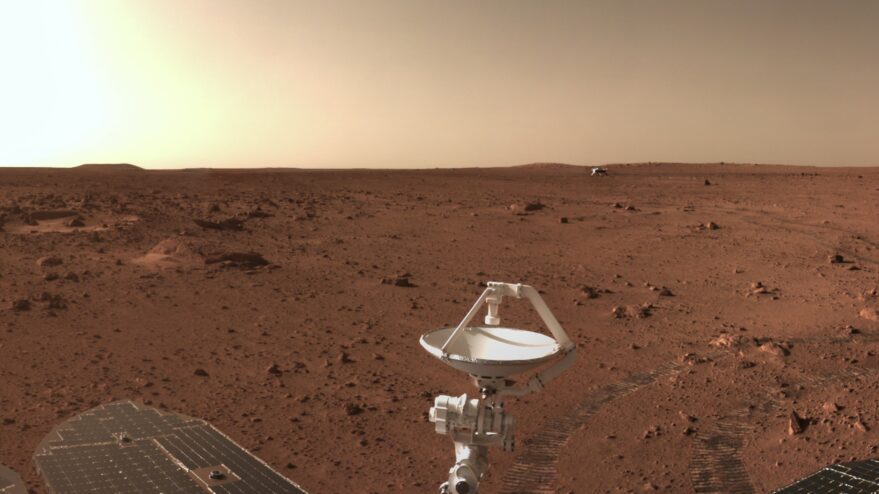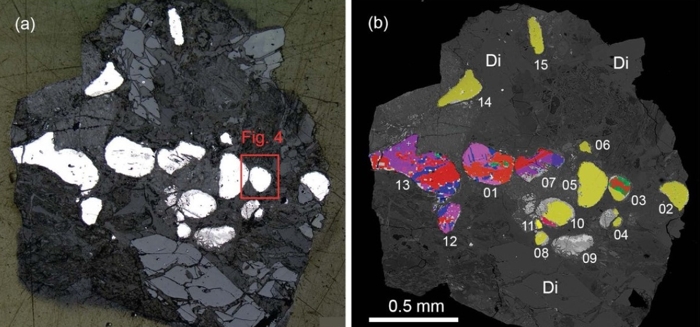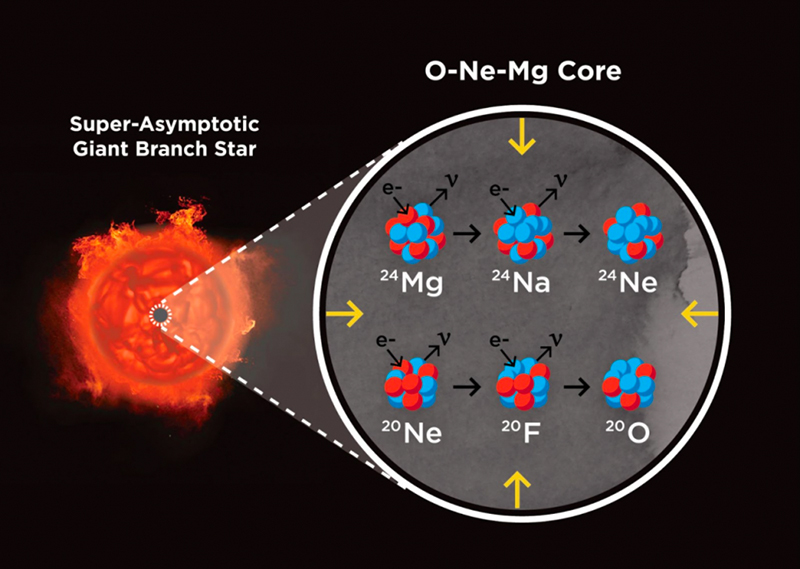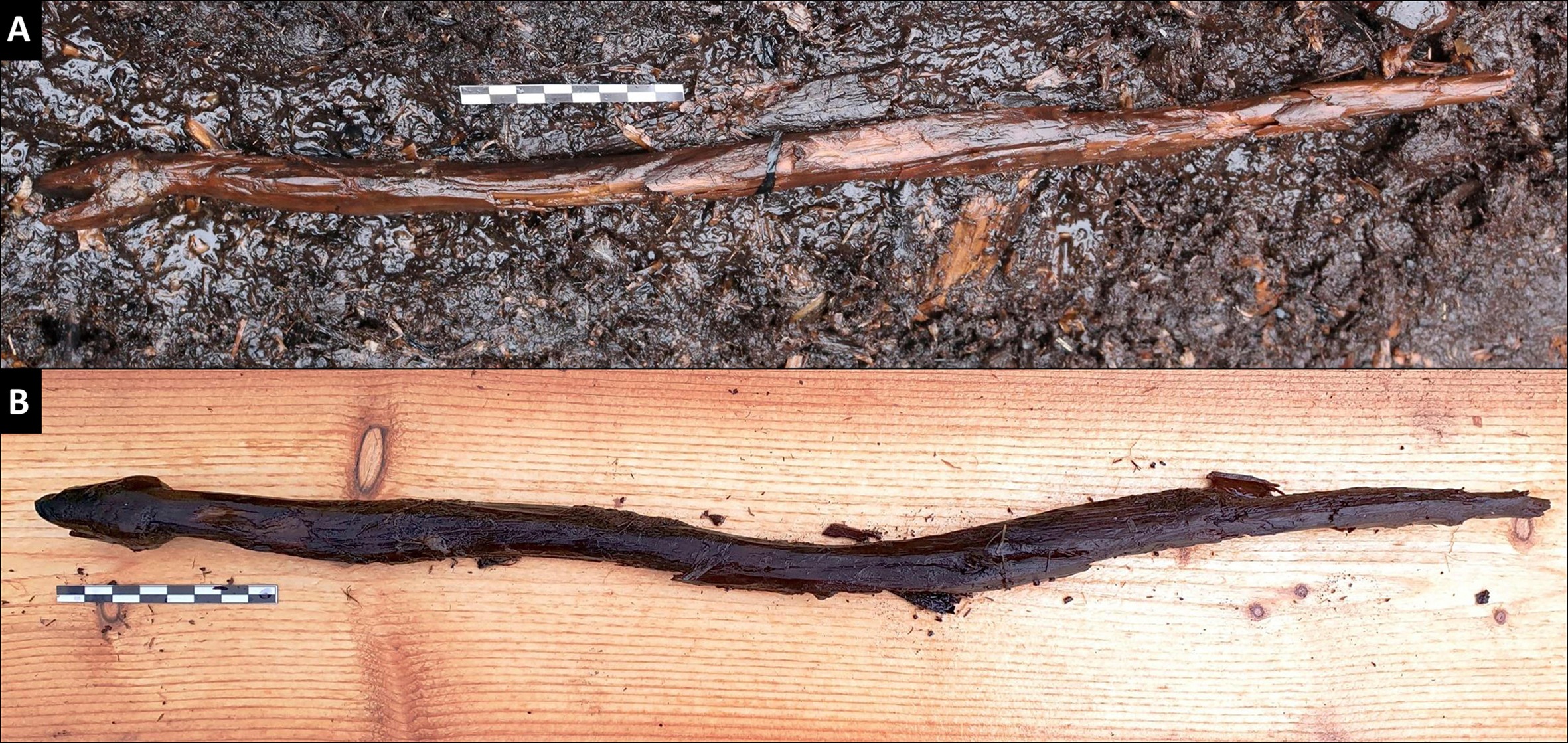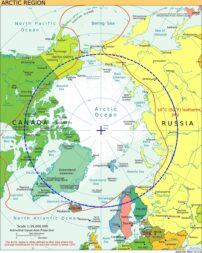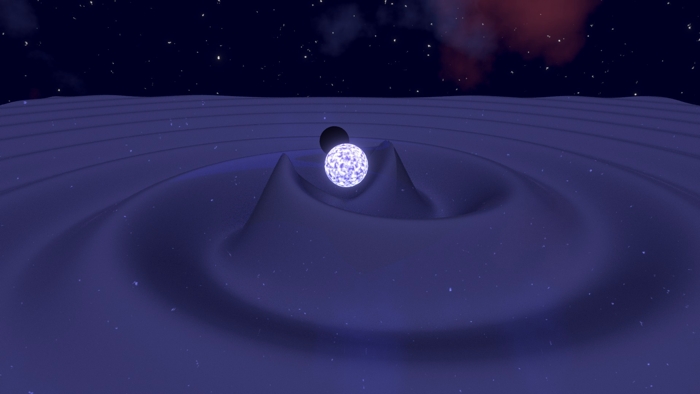A dead star the size of the Moon is the smallest of its kind we've ever seen.
It's a white dwarf star, the ultradense collapsed core of a star in the mass range of the Sun, but it's just 4,280 kilometers (2,660 miles) across. It's also the most massive white dwarf star we've ever seen, clocking in at around 1.35 times the mass of the Sun.
Just take a second to wrap your head around that - a tad over our Sun's mass packed into a sphere only slightly larger than the size of our Moon. Pretty incredible, isn't it?
And the white dwarf, named ZTF J1901+1458 and located around 130 light-years away, really is incredible. Its dense and mass place it right on the verge of the Chandrasekhar limit - the maximum mass a white dwarf can be before it becomes so unstable that it blows up in a spectacular supernova.
"We caught this very interesting object that wasn't quite massive enough to explode," said theoretical astrophysicist Ilaria Caiazzo of Caltech. "We are truly probing how massive a white dwarf can be."
White dwarfs are the smallest class of dead star on the dead star continuum. They are formed from the collapsed cores of stars up to eight times the mass of the Sun; when these stars end their main-sequence (nuclear fusion) lifespans, they blow off their outer material, and the remaining core, no longer supported by the outward pressure of fusion, collapses into an ultradense object.
Up to the Chandrasekhar limit, around 1.4 solar masses, something called electron degeneracy pressure keeps the white dwarf from collapsing further under its own gravity. At a certain pressure level, electrons are stripped from their atomic nuclei - and, because identical electrons can't occupy the same space, these electrons supply the outward pressure that keeps the star from collapsing.
A lot of white dwarf stars exist in binary systems, though. That means they are locked in an orbital dance with another star. If the two stars are close enough, the white dwarf will siphon material off its binary companion, a process that can tip the dead star past the Chandrasekhar limit, often triggering a Type Ia supernova.
ZTF J1901+1458 seems to be a special case.
According to the team's analysis, the white dwarf is the product of a merger between two smaller white dwarfs; together, they were not quite massive enough to reach the Chandrasekhar limit and produce a Type Ia supernova.
It's only up to about 100 million years old, with an insane magnetic field for a white dwarf, about a billion times more powerful than the Sun. It also has an extreme rotation, spinning around once every seven minutes. That's not the fastest white dwarf rotation ever, but it's up there. These characteristics suggest a merger in the past.
What happens from this point could be absolutely fascinating.
"This is highly speculative, but it's possible that the white dwarf is massive enough to further collapse into a neutron star," Caiazzo explained.
"It is so massive and dense that, in its core, electrons are being captured by protons in nuclei to form neutrons. Because the pressure from electrons pushes against the force of gravity, keeping the star intact, the core collapses when a large enough number of electrons are removed."
Neutron stars - even denser than white dwarfs, and supported by neutron degeneracy pressure - form when a star between 8 and 30 times the mass of the Sun reaches the end of its lifespan. Once it goes kablooey, blowing off its outer material, the stellar core collapses into a neutron star.
ZTF J1901+1458, if the team's analysis is correct, suggests another formation pathway for the lower-mass examples of these extreme objects.
This, in turn, could mean that ZTF J1901+1458, and other stars like it, can tell us a lot about the types of white dwarf binaries that turn into neutron stars. The team hopes to find them.
"There are so many questions to address, such as what is the rate of white dwarf mergers in the galaxy, and is it enough to explain the number of type Ia supernovae? How is a magnetic field generated in these powerful events, and why is there such diversity in magnetic field strengths among white dwarfs?" Caiazzo said.
"Finding a large population of white dwarfs born from mergers will help us answer all these questions and more."
The research has been published in Nature.
#Space | https://sciencespies.com/space/astronomers-just-found-the-smallest-yet-most-massive-dead-star-ever-discovered/
